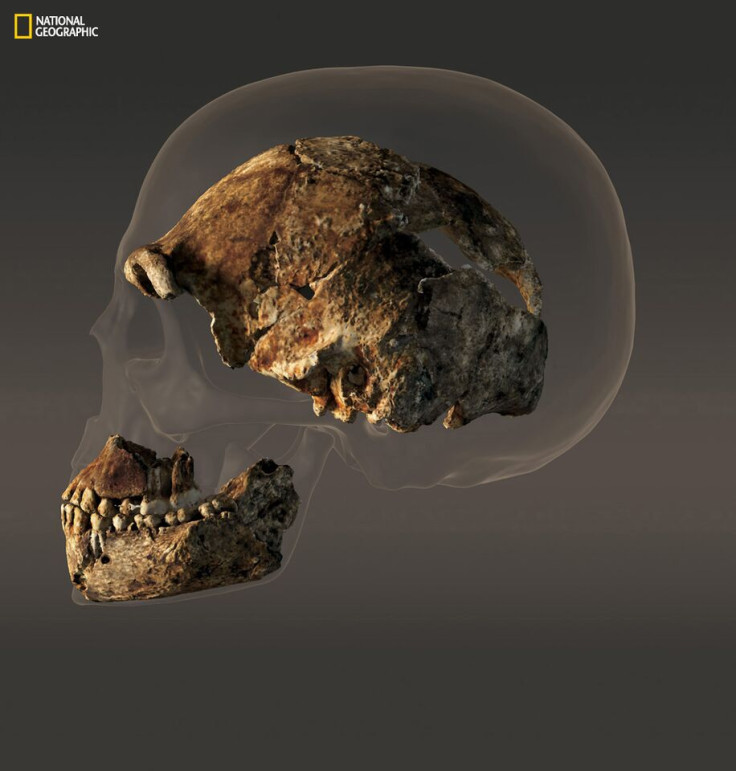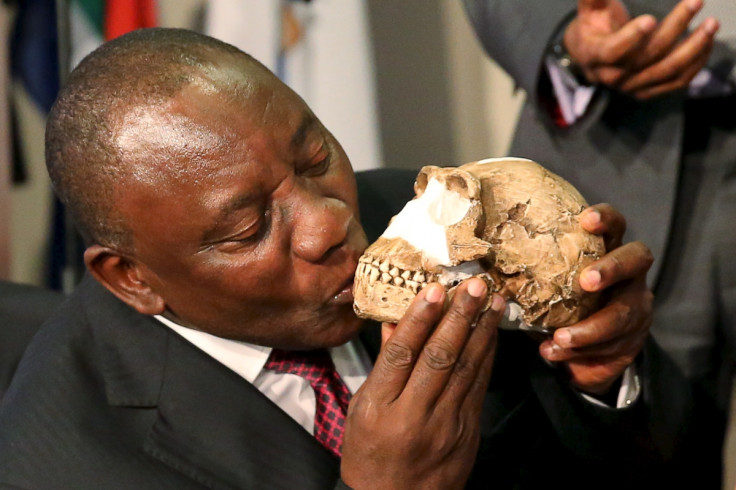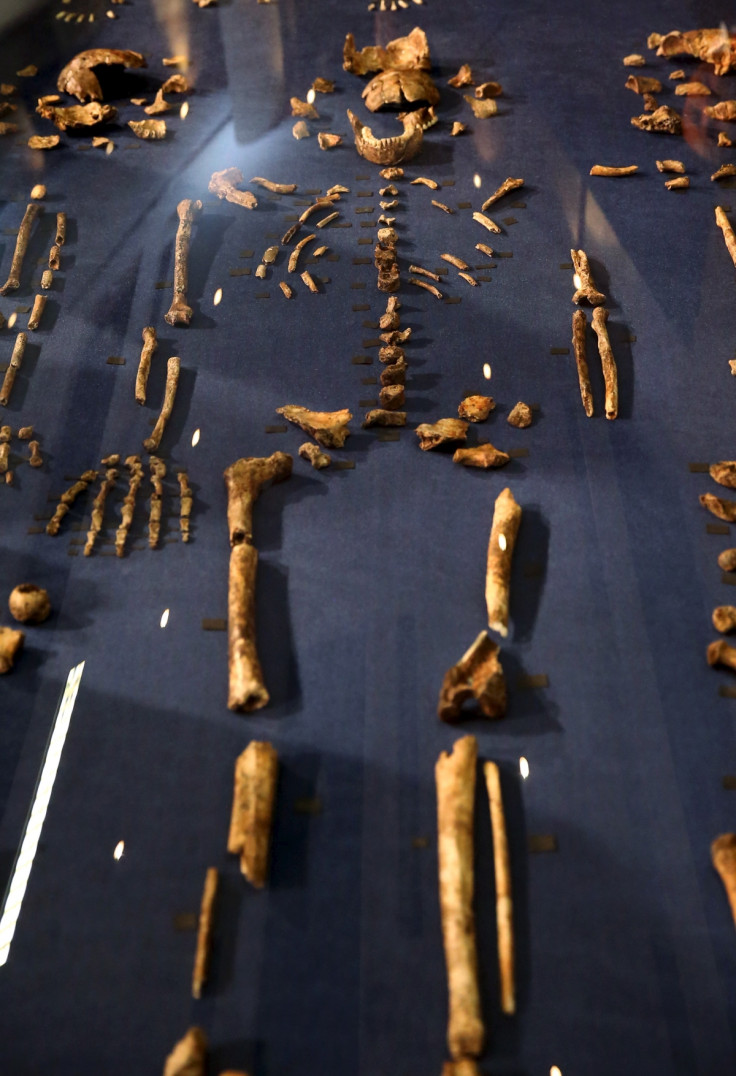Homo naledi: Everything you need to know about the newly discovered human ancestor

A group of international scientists from the UK, South Africa and US on 10 September revealed a discovery that changed our ancestry lineage.
The revelation that is Homo naledi, discovered by researchers from the University of the Witwatersrand (Wits University), the National Geographic Society and the Department of Science and Technology (DST) and the National Research Foundation of South Africa, will change the way we look at our heritage, the scientists claim.

IBTimes UK takes a look at what we already know about the newly discovered Homo naledi.
- The group of archaeologists and palaeontologists say the creature would have stood at about 1.5m tall on average, weighing around 45kg – with the males being typically bigger than the females. Their brains would have been the size of an orange.
- They state the species would have almost looked like a human-ape hybrid with teeth similar to that of the Homo genus – one of our earliest known ancestors – but with shoulders similar to an apes. However, the feet of the Homo naledi would have been "virtually indistinguishable from those of modern humans", said Dr William Harcourt-Smith of Lehman College, City University of New York, and the American Museum of Natural History. These would have been attatched to long legs, which would have given it the ability for long-distance walking.

- Another similar trait it would have shared with us were its hands. Dr Tracy Kivell of the University of Kent said: "Hands suggest tool-using capabilities. Surprisingly, H. naledi has extremely curved fingers, more curved than almost any other species of early hominin, which clearly demonstrates climbing capabilities."

Fossils of a newly discovered ancient species, named "Homo naledi" Reuters
- Despite its nature of a cross between humans and apes, it surprisingly had ritualistic tendencies. The team came to this conclusion after it was revealed that 15 of the species were found in a small chamber, 90m from the entrance of the Rising Star cave, South Africa – where it was discovered. The team had initially believed they had become trapped here and perished, but they have since learned that they were buried here. "We explored every alternative scenario [of why they were buried there], including mass death, an unknown carnivore, water transport from another location, or accidental death in a trap, among others. In examining every other option, we were left with intentional body disposal by Homo naledias [as] the most plausible scenario," said Lee Berger, research professor in the Evolutionary Studies Institute at Wits University and a National Geographic explorer-in-residence, who led the two expeditions that discovered the fossils.
© Copyright IBTimes 2025. All rights reserved.






















